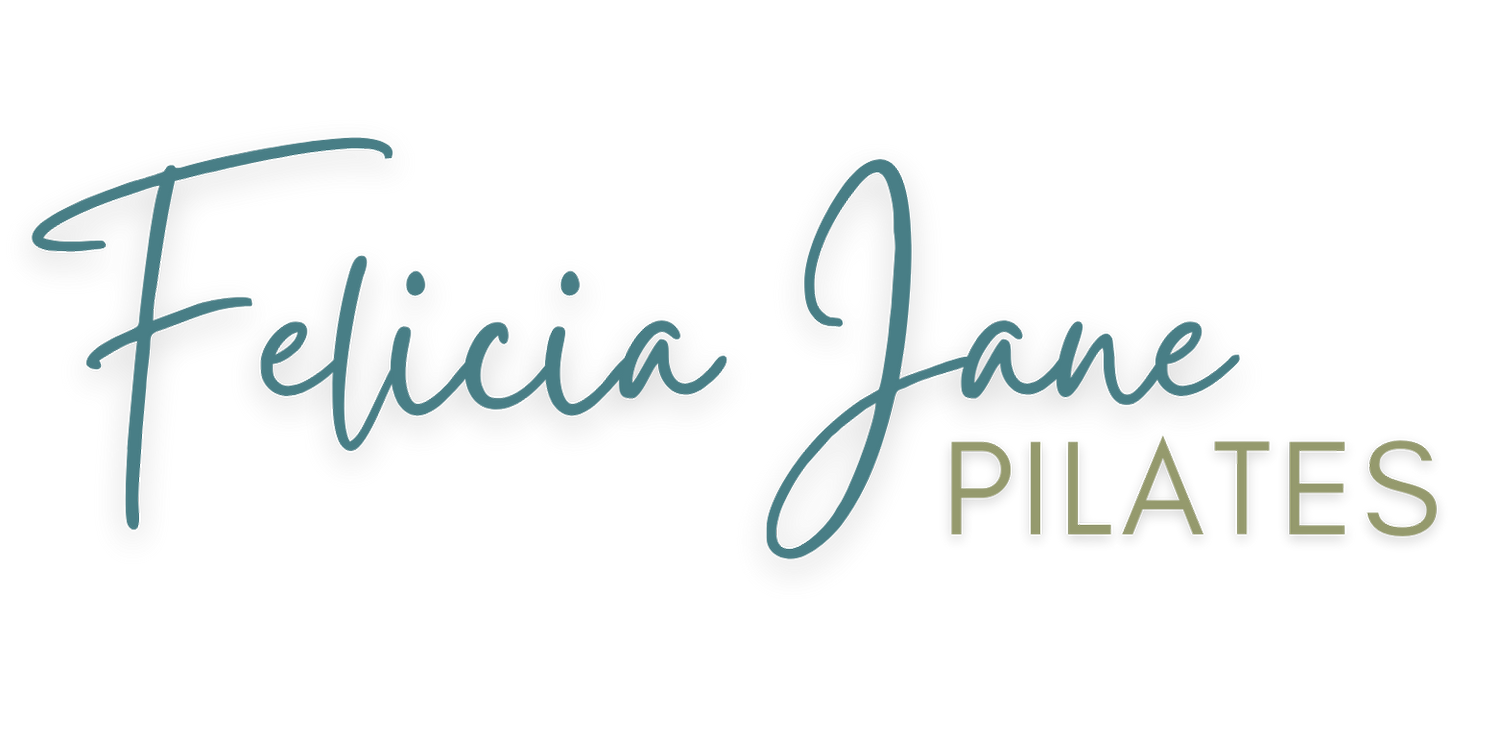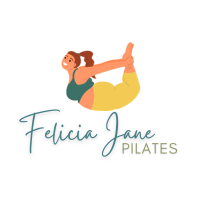Let's talk props in Pilates
I love to use props in my Pilates practice. And, I love to introduce my clients to them as well.
To me, a prop will allow me (or a client) to find a better way to achieve good form during movement, or even to make the movement slightly more challenging.
This weekend, I’m heading to Casper to take a Peak Pilates® Props Shop class with Wendy Crilly at LifeTime Health & Fitness. I’m super excited to learn some new skills to increase support, resistance and proprioceptive feedback and help my students understand and get more out of their workout.
Using props isn’t about just grabbing any prop; it’s about selecting a prop to help the student learn more about their body, and about the exercise. Check out some props that I’ve already been incorporating into my classes, and why below:
Magic Circle: When you're on your hands and knees, have you ever put the magic circle under your hips for feedback on how your hips move when you do bird dogs? Or use it to help you access your teaser better? This is a deceptive, yet well-known Pilates prop. Put the Circle between the ankles, thighs, or palms to help find the midline (a line down the center of your body—your upper thighs and upper arm muscles are also part of this). The Magic Circle can also create instability or a balance challenge.
Mini-exercise ball (also called an Overball): Have you ever used a mini exercise ball under your stationary leg during one leg circles? Or, put it between your legs during footwork on the reformer to help engage your center line? If not, I encourage you to do so. When you place this squishy ball between the thighs, ankles or palms, you get more engagement of the surrounding muscles. It’s also a great tool to place under the spine or hips for extra support, or to give to pregnant women to place behind the mid-back to avoid lying flat on the back (supine) for a long time.
Theraband (long and mini): I love to use Therabands in a lot of the Pilates mat work. These bands can make a move more challenging (or add resistance) when doing the side-leg series, ab series or even bridges. It can also be used to provide support and make movement more stable, especially when doing the roll up or single leg circles.
Remember: props can help challenge you as well as reveal new information about the exercises and their impact on your body.
If you want any of the prop mentioned above, reach out and I’ll help you find the right one for you.


